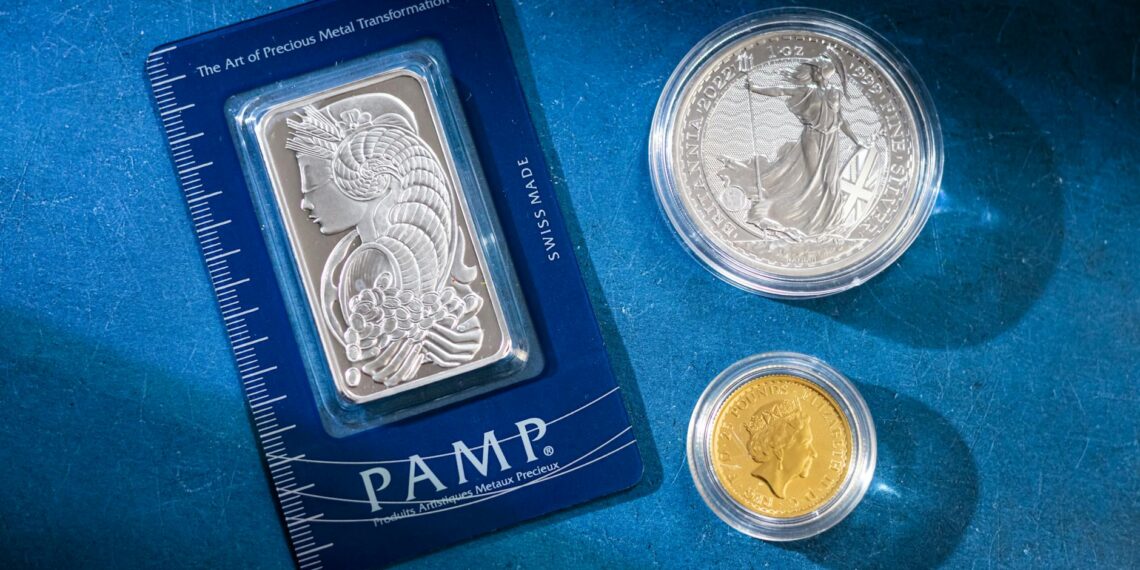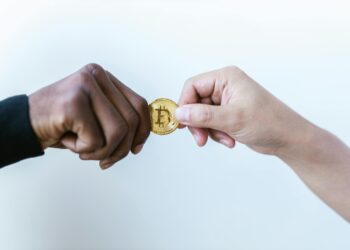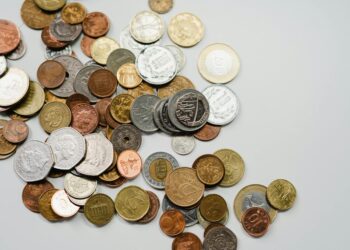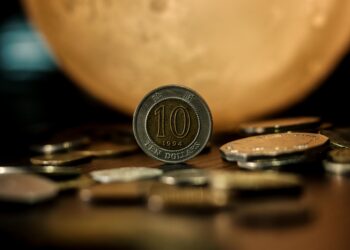A rare coin is characterized by its scarcity, which can result from a low original mintage (number of coins produced), a low number of surviving examples, or unique and desirable characteristics that make it highly sought after by collectors.
Here’s a breakdown of what contributes to a coin being considered rare:
- Low Mintage Numbers: Fewer coins produced initially means fewer available for collectors, increasing their rarity and potential value.
- Low Survival Rates: Even if a large number of coins were minted, various factors like melting down currency, loss during circulation, or destruction due to wars or disasters, can significantly reduce the number of surviving examples, making them rare.
- Errors or Varieties: Coins with errors in the minting process, like doubled dies or off-center strikes, or unique design variations that were limited in production, can significantly increase a coin’s rarity and value.
- Historical Significance: Coins associated with important historical events, eras, or figures can become more valuable and rare due to the heightened interest from collectors in preserving tangible pieces of history.
- Condition and Grading: The condition of a coin plays a vital role. Well-preserved coins with minimal wear and high grades are rarer and more desirable to collectors.
- Collector Demand: The popularity of a specific coin or series among collectors directly impacts its value and rarity. High demand with limited supply drives up prices and desirability.
In essence, a rare coin is not just old; its rarity is often tied to a unique combination of factors that make it difficult to acquire and highly prized by collectors.











What constitutes a rare coin?
Thanks for asking. In order to be classed as a rare coin, it must meet a selection of the following criteria, including the overall condition of the piece, and whether the coin has a limited mintage or historical significance. Coins with a low production quantity are considered to be rare, and their scarcity can often add to their value.